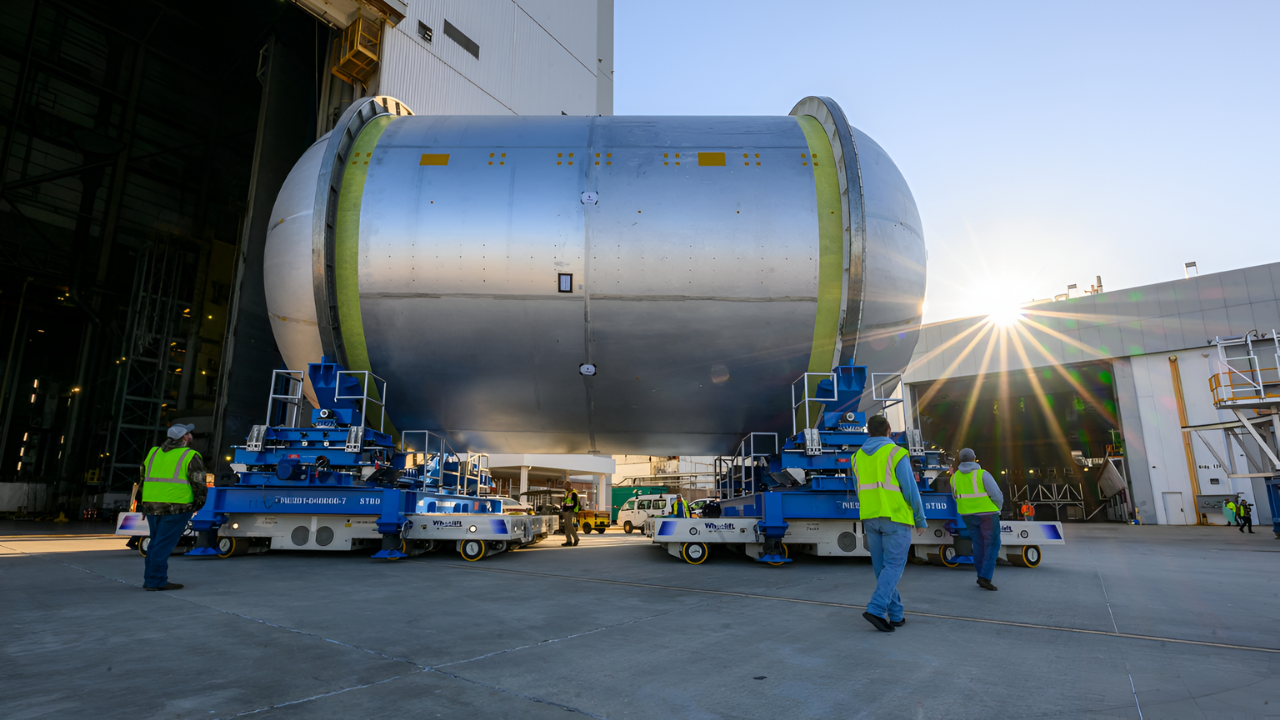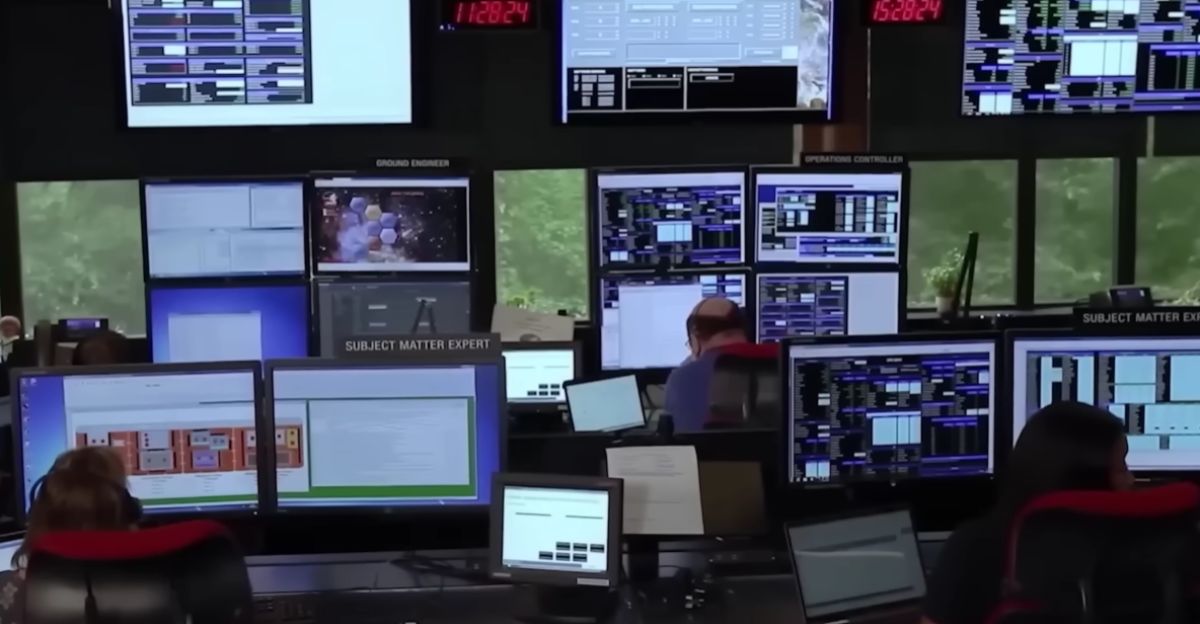
In late 2023, NASA’s Voyager 1—the most distant human-made object—fell eerily silent. For five months, the spacecraft, now more than 15 billion miles from Earth, sent only garbled signals home. The world’s oldest interstellar probe, launched in 1977, seemed lost to the void. Yet, in April 2024, engineers achieved a remarkable recovery, restoring clear communication and reigniting questions about the limits of technology, the hazards of deep space, and the mysteries Voyager continues to encounter.
A Legacy Beyond the Heliopause

Voyager 1’s journey began as a five-year mission to study the outer planets. Decades later, it has far surpassed its original goals, becoming the first spacecraft to cross the heliopause—the boundary where the Sun’s influence wanes and interstellar space begins. Its instruments have provided unprecedented data on cosmic rays, magnetic fields, and the nature of the interstellar medium, transforming our understanding of the solar system’s frontier.
Despite its age, Voyager 1’s 1970s-era hardware has proven remarkably resilient. The probe’s systems, designed before the internet existed, have weathered the harshest conditions imaginable: extreme cold, intense radiation, and the relentless wear of time. Each anomaly and repair has become a testament to the durability of early space engineering and the adaptability of the teams guiding Voyager from afar.
Diagnosing a Deep-Space Crisis
The communication blackout that began in November 2023 was traced to a corrupted memory chip in Voyager’s Flight Data Subsystem (FDS). This chip, responsible for packaging and transmitting scientific data, had lost about 3% of its memory. As a result, the probe’s telemetry became indecipherable, and four scientific instruments went offline.
Troubleshooting such a failure posed immense challenges. Every command sent to Voyager takes 22.5 hours to arrive, and another 22.5 hours for a response to return. With no possibility of physical repair, NASA engineers relied on decades-old manuals and their knowledge of legacy systems. They painstakingly rewrote and relocated software code to undamaged memory sectors, sending precise instructions across the vast gulf of space. By April 2024, clear engineering signals resumed, and by June, all scientific instruments were back online.
Understanding the Garbled Signal

The corrupted memory chip produced telemetry that was initially difficult to interpret. The anomalous data pattern highlighted the challenges of troubleshooting a spacecraft operating billions of miles away with only radio signals for communication. Successfully diagnosing and resolving the issue required detailed analysis of the garbled transmissions to identify the root cause and develop an effective solution.
Hazards of the Interstellar Environment
The cause of the FDS memory failure remains uncertain. Engineers suspect either a cosmic ray strike—a high-energy particle from deep space—or simple hardware aging. Voyager 1 has spent decades exposed to intense radiation, extreme temperature swings, and the cumulative effects of time. Such conditions can flip bits in memory chips or degrade components, threatening the integrity of data and the longevity of the mission.
This vulnerability highlights the risks faced by all deep-space missions. The five-month blackout not only interrupted critical studies of cosmic rays and interstellar plasma but also underscored the fragility of communication with probes operating far beyond the reach of current technology. With Voyager’s power supply expected to run out by 2036, each technical setback serves as a reminder of the narrow window for interstellar exploration.
Human Ingenuity in the Space Era

Voyager 1’s recovery was not the result of advanced automation or self-healing systems, but of human expertise and perseverance. The probe’s onboard computers, limited by 1970s technology, could not diagnose or fix the memory corruption. Instead, engineers on Earth devised creative solutions, manually rerouting software and restoring operations from billions of miles away.
This episode demonstrates the enduring value of human problem-solving in space exploration. It also points to the need for future missions to balance automation with robust backup systems and the preservation of institutional knowledge.
Looking Ahead: Lessons and Implications

Voyager 1’s ordeal is both a cautionary tale and an inspiration. It exposes the vulnerabilities of relying on aging technology for critical scientific missions, especially as humanity contemplates more ambitious journeys into interstellar space. The incident has prompted renewed calls for spacecraft with self-repairing systems, enhanced radiation shielding, and improved diagnostic capabilities for autonomous troubleshooting.
At the same time, Voyager’s continued survival and the ingenuity behind its recovery reaffirm the spirit of exploration. As the probe resumes its silent watch at the edge of the solar system, it remains a symbol of human curiosity, resilience, and the enduring quest to understand the cosmos.